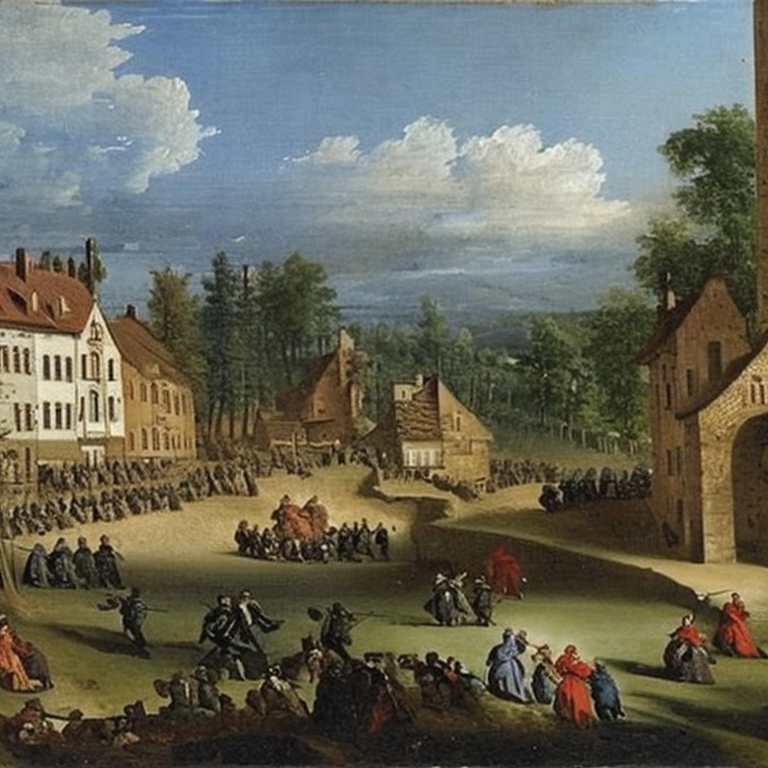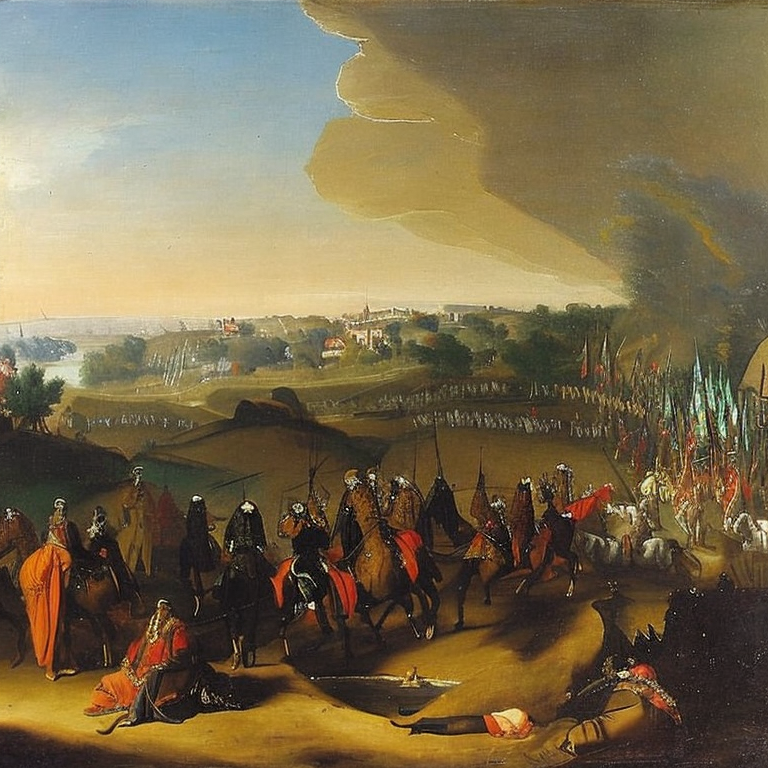Contiguity, Composite Monarchy, and Dynastic Politics: A Look at European History in the Sixteenth Century
Summary
This article delves into the political landscape of Europe in the sixteenth century. It explains the concept of contiguity, its advantages, and how it was challenged by the doctrine of sovereignty and dynastic outcomes. Furthermore, the article discusses composite monarchy and how it strained the relationship between rulers and ruled. It also analyzes dynastic politics and the impact of the Hundred Years War and the Italian Wars on Italy’s politics and society.
Table of Contents
- Contiguity: Its Value and Challenges
- Sovereignty and Segmented Sovereignty
- Composite Monarchy and its Challenges
- Dynasticism as a Legitimizing Principle
- The Impact of the Hundred Years War
- The Italian Wars and Their Aftermath
- Dynastic Politics and the Concept of Fecundity
Q&A
Q: What is contiguity, and why was it considered valuable?
A: Contiguity refers to the proximity and adjacency of territories. It was seen as valuable because it made governance and administration more efficient, reduced communication and transportation costs, and facilitated trade and cultural exchange.
Q: What were some of the challenges to contiguity?
A: Dynastic outcomes often worked against contiguity, leading to the fragmentation of territories, while assertions of sovereignty by rulers complicated the question of where power lay. Moreover, few states were able to capitalize on the benefits of contiguity due to political instability, internal divisions, or external pressures.
Q: What is composite monarchy?
A: Composite monarchy refers to a form of government in which a single ruler governs over multiple, disparate political entities, each with its own laws, customs, and institutions. Composite monarchy strained the relationship between rulers and ruled, as it often required the mediation of complex and competing interests.
Q: What was the dominant legitimizing principle during the sixteenth century?
A: The dominant legitimizing principle was dynasticism, which emphasized the hereditary right of a ruler to rule and the preservation of the rights and privileges of his dynasty and people.
Q: What was the impact of the Hundred Years War on francophone Europe?
A: The Hundred Years War left a bitter legacy in francophone Europe as larger dynastic states in Western Europe pursued their competitive ambitions. The war fueled hostility and mistrust between England and France and delayed the consolidation of France as a cohesive state.
Q: What were the Italian Wars, and what was their impact?
A: The Italian Wars were a series of conflicts fought in the Italian peninsula and part of a wider Habsburg-Valois conflict over hegemony. The wars destabilized the politics of the Italian states, triggered an arms race, and increased political assassinations, banishment, and gossip. The wars also affected the papacy and the emperor, with the former losing credibility and the latter being seen as having imperial ambitions to rule Italy.
Q: What was the impact of the sack of Rome?
A: The sack of Rome, carried out by predominantly Lutheran soldiery acting in the name of the emperor, further marred the imperial cause and increased suspicions among those who regarded imperial influence in the peninsula as an alien hegemony. The sack of Rome also led to the destruction of cultural and artistic treasures and the abduction and murder of prominent figures.
Q: What was the significance of dynastic politics in composite monarchy?
A: Dynasticism was a key legitimizing principle in composite monarchy, and rulers expanded their political and territorial reach by marrying early to ensure their fecundity. Dynasties acted as clans, corporate, and hierarchical units, and rulers supported their families and patronized the arts and sciences to enhance their prestige and legacy.
Conclusion
Europe in the sixteenth century was a complex and dynamic political landscape, characterized by contiguity, composite monarchy, and dynastic politics. The pursuit of contiguity was recognized as strategically valuable, but conformity in language, customs, and institutions was seen as more important. The emergence of composite monarchy strained the bonds between rulers and ruled and highlighted the importance of dynasticism as a legitimizing principle. The conflicts of the Hundred Years War and the Italian Wars left a bitter legacy in Western Europe, further complicating the consolidation of political power. Nonetheless, the sixteenth century saw significant advances in the arts, literature, science, and technology, paving the way for the Enlightenment and modernity.





